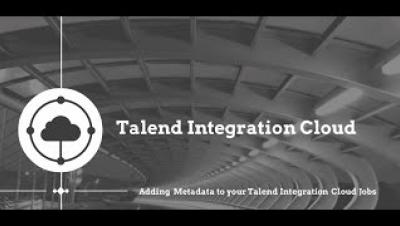Talend & Apache Spark: Debugging & Logging
So far, our journey on using Apache Spark with Talend has been a fun and exciting one. The first three posts on my series provided an overview of how Talend works with Apache Spark, some similarities between Talend and Spark Submit, the configuration options available for Spark jobs in Talend and how to tune Spark jobs for performance. If you haven’t already read them you should do so before getting started here.




